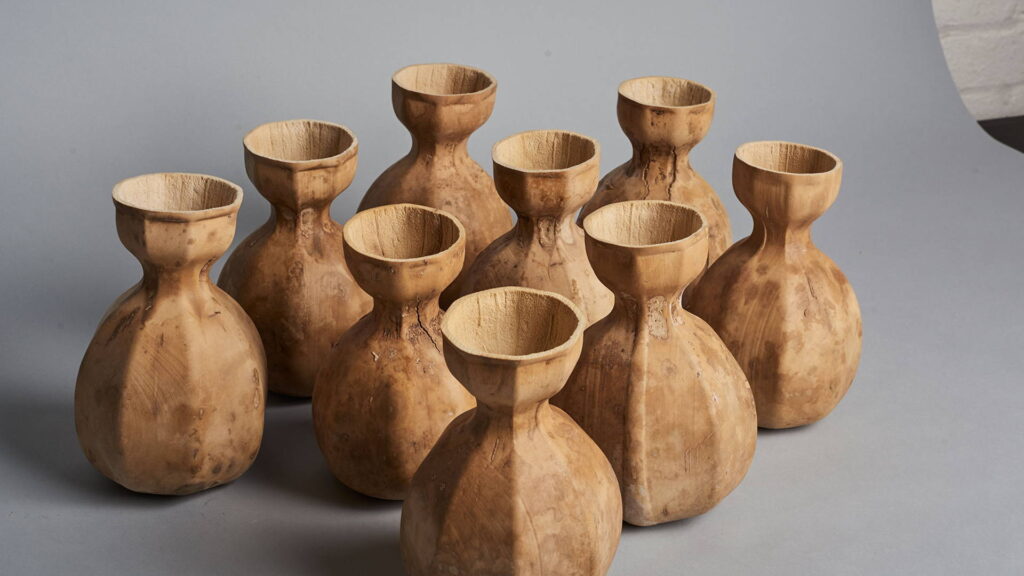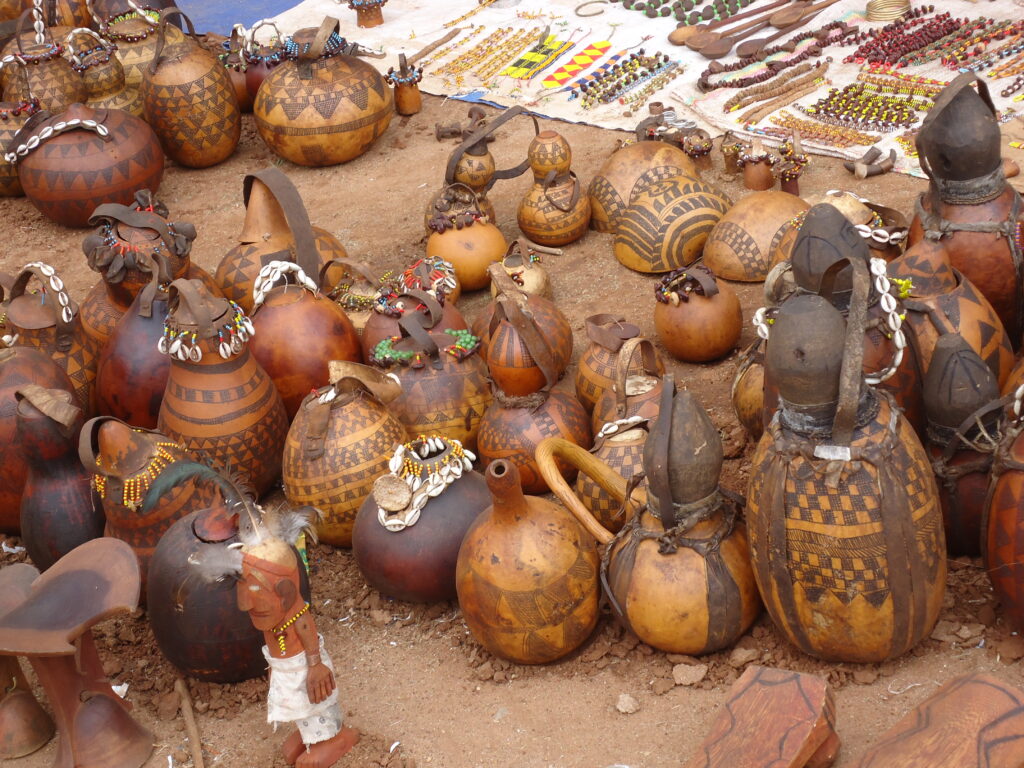From Tree to Table
Most cups are made from ceramics. A huge industry where clay is spun on a pottery wheel and is formed into a cup or almost any shape using a delicate yet firm hand and many years of experience. A fairly old technique dating back to the 3000 BC when the pottery wheel first came onto the scene. It is the standard today for tableware because it is reusable and long lasting. A quick wash and the dishes can be used again and again. Table can also be made from glass, which along with clay can hold the heat or cold of the food/beverage for a fairly long time. However due to it’s lifespan and waste created from old tableware or single-use plates and cups in the food industry, people are looking for ways to reduce the environmental footprint created from tableware. However, you would think something was used before glass and clay formed cups and plates… right?
Due to landfill and energy waste creating and disposing of single use tableware, there are many initiatives to create compostable solutions. Once tableware becomes old or outdated in terms of style, people simply throw out their old dishes and cups. Interestingly, there is a company who is making cutlery that can also be eaten, to eliminate the washing step. However it means that a lot of energy would be spent making high volume amounts of cutlery, so the trade isn’t quite reducing the environmental footprint. Not to mention, the taste of your spoon would probably not go with every food you were eating.

Then a researcher, Jun Aizaki, had innovated a way to grow tableware into the shape of cups. The technique is similar to how cubic watermelons are made, a mold is made for the gourd to grow into and it takes on the shape of that mold. In theory you could make many different shapes like wine glass or cylindrical. However lets take a step back.
Gourds?
That’s right an original cup/container that is and was used to hold beverages and foods alike – the natural tableware. Gourds are still used by tribes in South America and Africa (Guyana and Ethiopia for example) as the main tableware and containers, however due to industrialization you may also find tribes that also have ceramic tableware as well. It’s a matter of taste and longevity but in terms of gourds longevity is not a critical issue if managed right. This is because you don’t have to do anything to form or shape the cups, you just need a healthy plant that continues to grow and produce the cups for you.

These cups have good insulation as well, you can pour a cup of hot coffee in one and not feel much heat on your hands when holding it. The one down side would be that it is not easy to make a lid with a good seal for any of the containers since this has to be cut to fit and is usually done by hand. The gourd cup is cut open by slicing the gourd transversely (through the middle leaving the bottom and top intact). The other issue is they are prone to cracking and breaking over time as the gourd dries out.
Ceramics do not have this type of problem, however they are labor intensive to make since they require time to form them and bake them which makes them around 2-day activity when making small cups and bowls for example. Natural cups from gourds really shine compared to ceramics as that they do not require much in terms of raw materials: only the seed, soil, water and sunshine. Ceramics requires clay which can be found in the ground however takes more force to acquire in certain cases and is limited. Even if ceramics can be recycled a lot of energy is wasted in that process where as gourds don’t produce waste. They are compostable and are readily available like any other fruit would be.
It is interesting how innovation leads to more beautiful looking things like tableware, but in the long run what our eyes like to look at costs the environment in some way. It is nice to know there are natural alternatives provided on Earth like gourds that are made for the planet and not against it – naturally.

